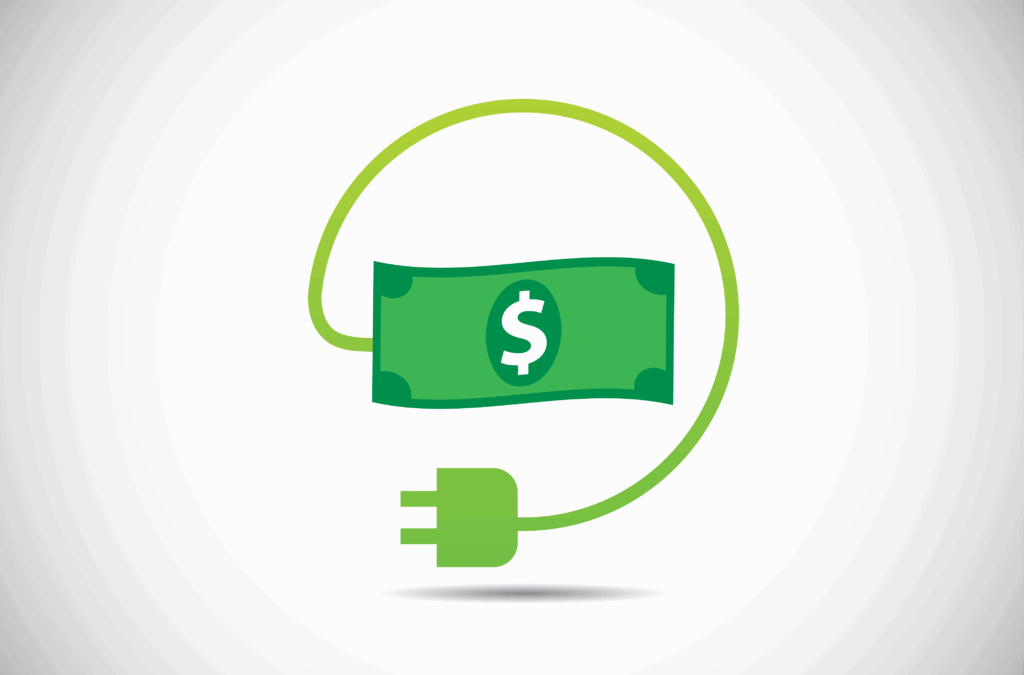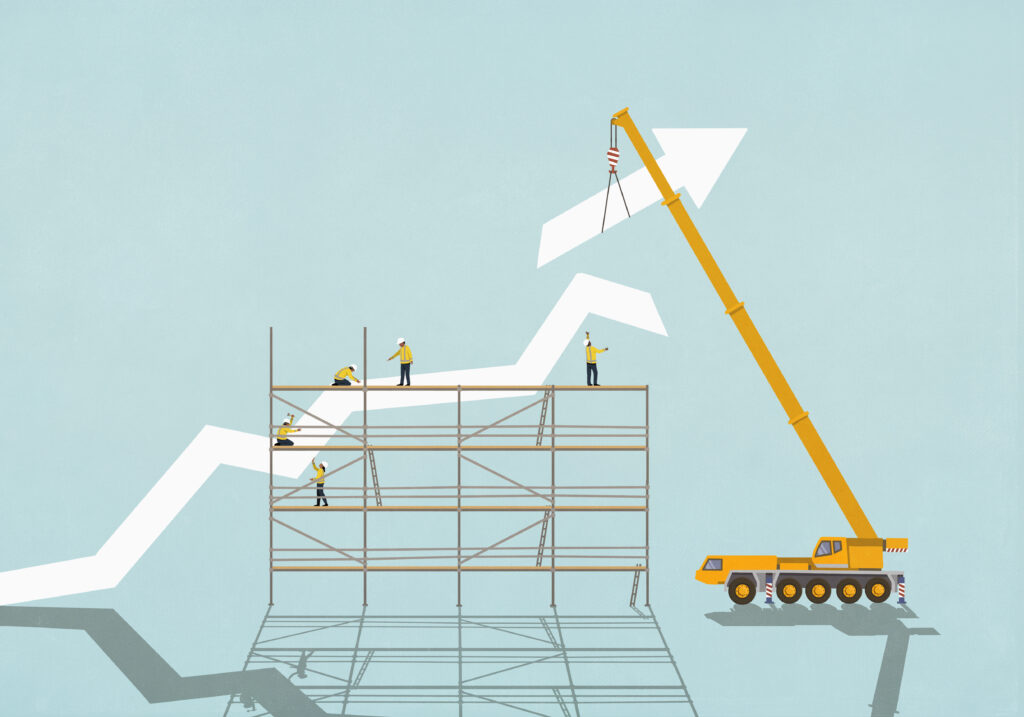
Navigating Reputation Risk in a Digital World

In today’s interconnected world, no company is insulated from political, economic and technological developments around the globe.
Tangible and intangible risks continue to proliferate, and as executives—from marketing and communications all the way up to the C-suite—struggle to deal with these challenges, the result is often the same: reputation damage. Reputation risk is one of the fastest-growing global risks and a major blind spot for many companies.
According to CNA’s most recent Global Risk & Confidence Survey, reputation risk is up 29% globally and is expected to double in the Asia-Pacific region by May 2020. Maintaining a brand has become a 24/7 responsibility, as every customer can easily share negative reviews, experiences and opinions via social media and the internet. The potential for small problems to trigger unexpected, cascading failures is real and omnipresent.
How do you protect your brand and its reputation? The first step is understanding the difference between those two words. Reputation and brand are often defined as the following: your reputation is the public’s current perception, while branding is the sum of all perceptions—past, present and future. These are both, by their very nature, difficult to identify, model and mitigate. According to a study by Aon and the Ponemon Institute, only 16% of intangible assets—such as reputation risk or cyber—are currently insured. But these assets can underpin the valuations of the world’s biggest businesses.
Any risk from intangible threats and the impact they can have on a company’s brand, reputation and ultimately its bottom line can be crippling, and it’s time we revisit them.
Reputation Risk Challenges
Businesses are divided on the most significant challenges they face with brand or reputation risk, according to the Global Risk & Confidence Survey. In the United States, securing board buy-in for a particular course of action is a top concern. Headline-grabbing risks will always get management attention—think back to WannaCry and #MeToo. These risks may dominate the boardroom agenda as they become public relations and marketing challenges that often impact customers’ perceptions of the brand and ultimately the company’s bottom line. Implementing strategies that produce real-world results takes time, and the process is complicated by the fast pace of social media.
Reputations aren’t just hard to protect—they’re hard to measure. Placing a value on reputational damage is a continuing challenge for businesses. The Aon/Ponemon study estimates that intangible assets like reputation risk have grown in value from 20% to 80%, and have an average potential loss of over $1 billion, compared to $795 million of potential loss for tangible assets. Similar to fraud risk, reputation risk is complex, with multiple contributing factors. The cost to move forward could be far greater than losses that are immediately realized, making it challenging for companies to manage these types of risks.
The Future of Reputation Risk
Looking ahead, insurers, agents and brokers, and risk managers will need to work together more closely than ever, building effective resilience into business systems, processes and assets that can withstand events that trigger reputational damage.
Here are three predictions for how reputation risk will be managed in the future:
- Reputation cover will become mainstream as boardroom risk is reevaluated. In the same way the market has found a method to model the cost of non-physical damage business interruption claims as part of terror and political violence cover, there will need to be an increased appetite to model and mitigate the cost of managing reputation risk and the damage to brand value caused by specific triggers.
- Interconnected risk will test management capability and organizational structures. Smart contracts, automated claims payment and global programs are being explored to assist risk managers in managing the increasingly interconnected and complex risk landscape.
- Global solutions will become increasingly sought after. It is important to have local partner networks in place, as the right partnerships will help build a base for effective implementation of global solutions.
While once called on to protect mainly tangible assets, such as homes, buildings, employee liability and belongings, the insurance market of today and into the future will be protecting more intangible assets—ones that have a direct connection to a company’s reputation and brand. Therefore, insurers, agents and brokers, and risk managers will need to evolve their assessment, mitigation, protection and response regarding intangible assets. This effort will enable organizations to take a holistic approach to risk management, helping teams across the business, such as marketing and public relations, prepare to successfully overcome reputation risks. If pieced together just right, businesses can prosper in this new tech-focused economy.
Jennifer Livingstone is the chief marketing officer at CNA.




